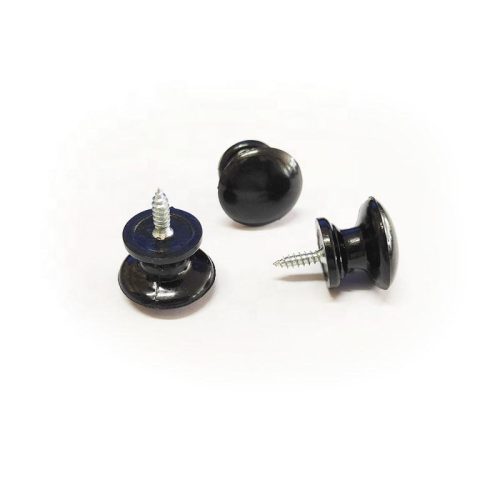Replacing traditional materials like plastic for tool handles can be a great step towards sustainability and reducing environmental impact. There are several alternative materials you can consider for making tool handles:
- Bioplastics: These are derived from renewable sources such as corn starch, sugarcane, or potatoes. They offer similar properties to conventional plastics but are biodegradable and have a lower carbon footprint.
- Wood: Natural wood is a traditional choice for tool handles. It’s renewable, biodegradable, and can be sourced sustainably. Different types of wood have varying levels of durability and resistance to moisture and wear.
- Bamboo: Bamboo is a rapidly renewable resource that’s strong, lightweight, and has natural antimicrobial properties. It’s a popular choice for eco-friendly products.
- Metal: Metals like aluminum or stainless steel can be used for durable and long-lasting tool handles. They are recyclable and have a distinct aesthetic appeal.
- Cork: Cork is lightweight, water-resistant, and has a unique texture. It’s harvested from the bark of cork oak trees without harming the trees, making it a sustainable choice.
- Composite Materials: These are typically a mix of different materials such as natural fibers (like jute or hemp) and resins. They can be molded into various shapes and offer a balance of strength and eco-friendliness.
- Recycled Materials: Using recycled plastics or other materials for tool handles can help reduce waste and promote the circular economy.
- Natural Fibers: Materials like flax, hemp, or sisal can be woven into strong, flexible fibers that offer good grip and are biodegradable.
- Bio-Based Polymers: These are plastics made from renewable resources like corn, potatoes, or algae. They have a lower carbon footprint compared to traditional plastics.
- Recycled Wood/Plastic Composites: These combine wood fibers with recycled plastics to create a material that’s durable and has a reduced reliance on new plastic.
When choosing an alternative material, consider factors like durability, strength, comfort, weight, cost, and environmental impact. It’s also important to ensure that the chosen material meets the functional requirements of the tool handle, especially if it’s used in demanding conditions. Additionally, consider the manufacturing processes required for the chosen material, as some options might be more energy-intensive or have higher emissions than others.
Overall, making the switch from traditional plastic to more sustainable materials for tool handles can contribute to a greener and more environmentally responsible approach to manufacturing and product design.


